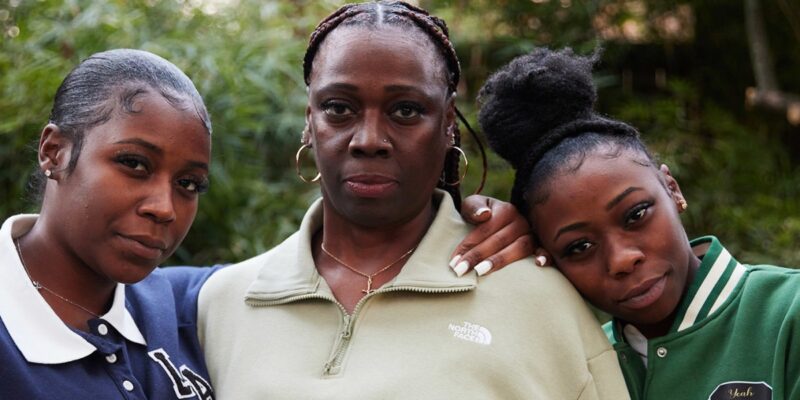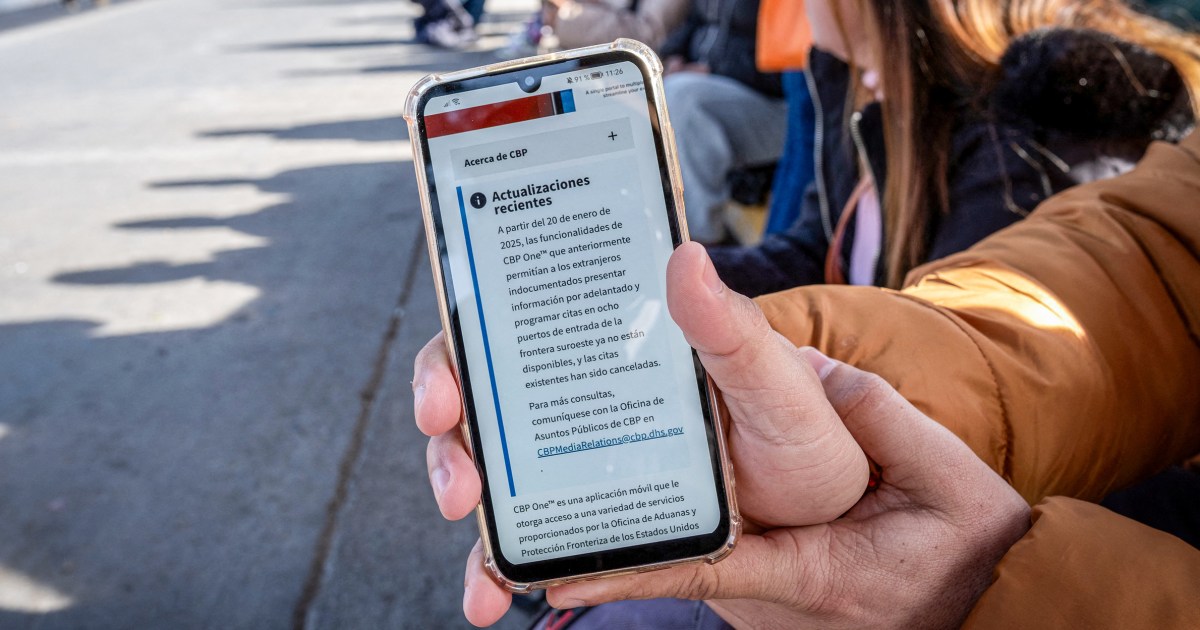
HOUSTON — It took just seconds for a routine traffic stop on a Texas highway to escalate into a fatal shooting that left 24-year-old Ashtian Barnes bleeding to death in the driver’s seat.
What happened during those seconds and the minutes prior during the April 2016 incident is now central to a Supreme Court case being argued on Wednesday that could make it easier — or harder — to hold police officers accountable for the use of excessive force.
For Barnes’ mother, Janice Hughes, 55, who filed the civil rights lawsuit at the center of the case, the oral argument at the high court is the latest stop on a more than eight-year quest for justice on behalf of her only son, who was a Black man.
“I want out of this that my son was a victim. He was never a suspect … and I need that to be clear. He was a victim from the very beginning,” she said in an emotional interview at her lawyer’s home in Houston with her two daughters and granddaughter by her side.
Almost five years since the death of George Floyd, another Black man killed by a police officer, Hughes believes no progress has been made despite the mass protests and calls for social justice that followed.
“I feel like at some point, somebody has to really take this seriously, because it continues to happen and all we get to do is rally, and ‘Black Lives Matter,’ and nothing changes,” Hughes said. “Nobody’s policing the police.”
Hughes’ civil rights lawsuit was dismissed by lower courts on the grounds that no excessive force was used.
But the courts made that assessment based only on the precise moment that force was used, based on a precedent adopted in parts of the country but not to date embraced by the Supreme Court.
Hughes’ lawyers are now asking the Supreme Court to reject what has been dubbed the “moment of the threat doctrine,” which could lead to a nationwide ruling that makes clear courts should consider events leading up to the use of force when assessing an officer’s conduct.















